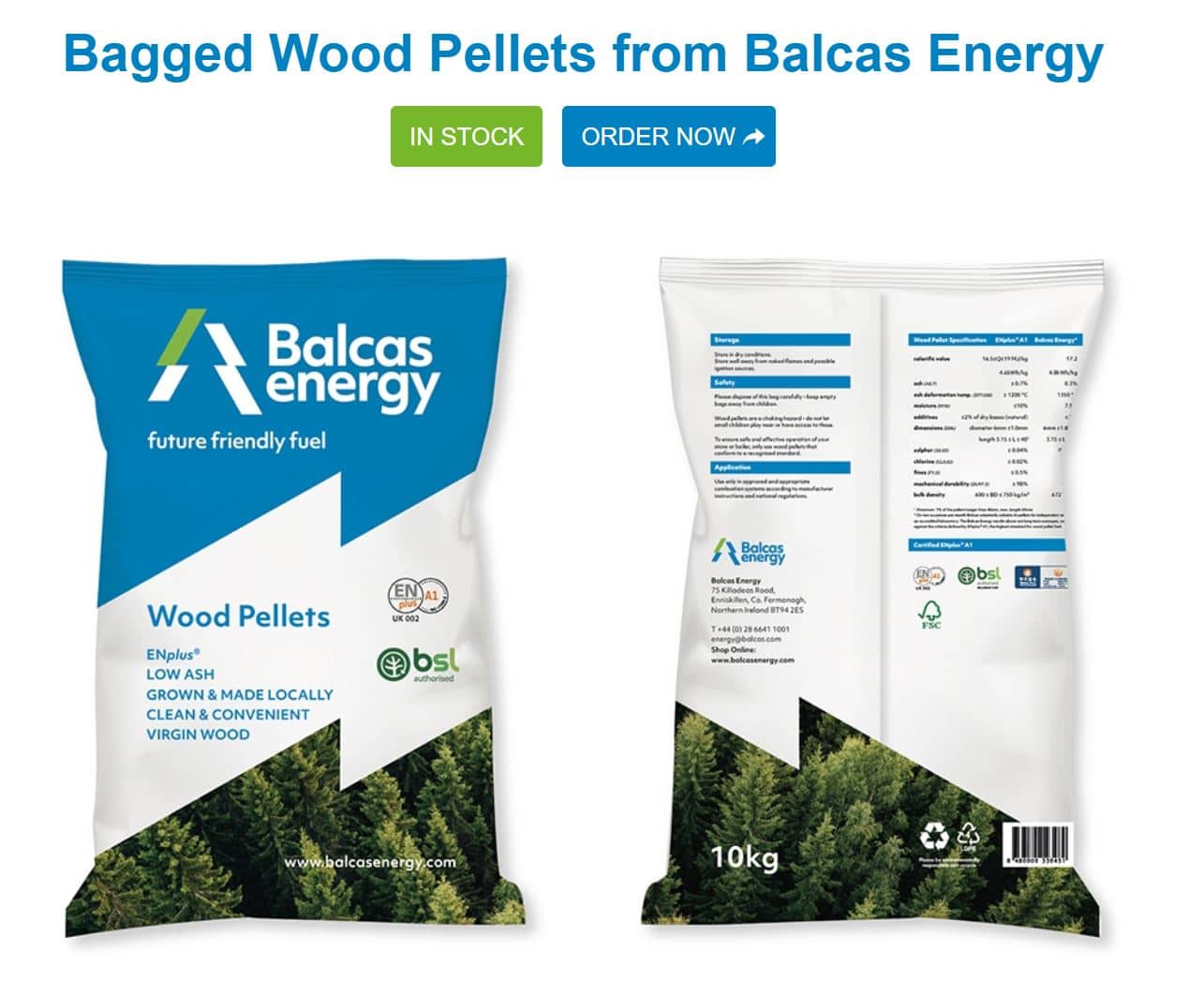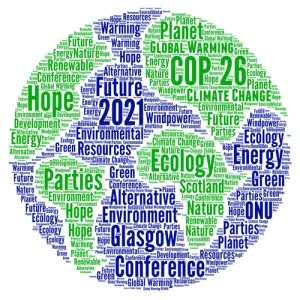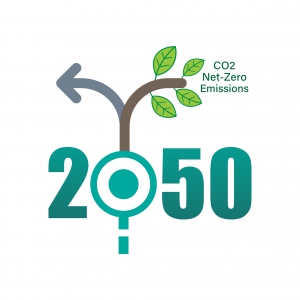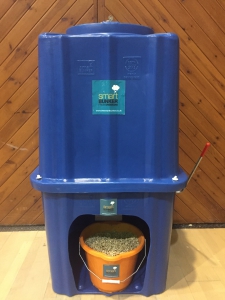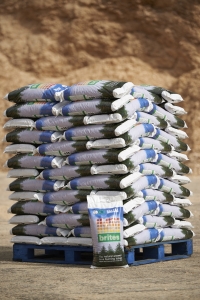
How to Store Wood Pellets
At Balcas Energy, we want you to get the best performance from our bagged wood pellets. Proper storage is key to ensuring efficiency and safety. Read on to discover how to store wood pellets.
Keep Your Wood Pellets Dry
Moisture ruins wood pellets, making them less efficient and harder to burn. Always store them in a dry place. The best options are a garage, shed, or a dedicated storage unit. Keeping them indoors protects them from rain and damp conditions, ensuring maximum energy output.
Avoid Common Storage Mistakes
Leaving pellet bags in the garden exposes them to rain and humidity, causing them to swell and break apart. Even in a garage, placing them directly on a concrete floor can lead to moisture absorption. Always use a pallet or raised platform to keep bags off the ground.
Space and Safety Considerations
Storing wood pellets indoors can take up valuable space. You may also have safety concerns, especially in case of fire. At Balcas Energy, we’ve considered these challenges and found a smart solution to make storage easier and safer.
The SmartBunker™ – A Better Storage Solution
The SmartBunker™ is a strong, waterproof, UV-resistant storage bunker. Made from durable polyethylene, it won’t rust or rot. This innovative design keeps your pellets dry and secure while making access simple and efficient.
Why Choose the SmartBunker™?
- Holds up to 200kg of wood pellets.
- Dispenses easily, reducing bending and heavy lifting.
- Takes up minimal space indoors or outdoors.
- Rain-resistant design, keeping pellets dry and usable.
- Raised 600mm off the ground, preventing flood damage.
With the SmartBunker™, you no longer need a shovel. Simply turn the handle, and pellets dispense effortlessly. Wet pellets don’t burn efficiently, so investing in proper storage ensures you get the best results.
Industry Recognition
No formal standards exist for domestic wood pellet storage, but the SmartBunker™ has earned a unique HETAS listing for its advantages over traditional solid fuel bunkers.
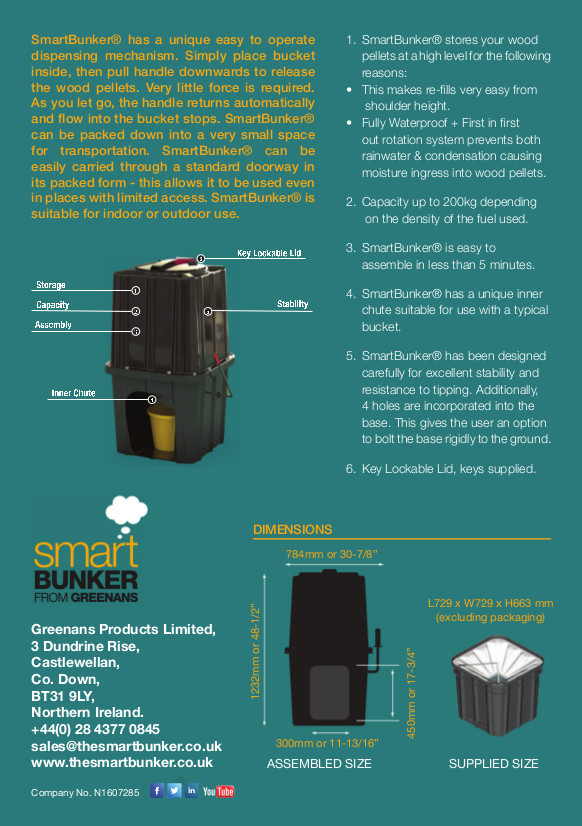
Get More Information
Interested in the SmartBunker™? Visit The SmartBunker Website for details. Their sales team is available to answer any questions about wood pellet storage.
Order Balcas Energy Wood Pellets Today
Ready to stock up on premium wood pellets? Order Now and enjoy efficient, high-quality fuel.
Need assistance? Contact our team, and we’ll help with your order or any storage-related questions.
Thank you for choosing Balcas Energy.
To place an order of bagged wood pellets please click below:
Thank You,
Balcas Energy

